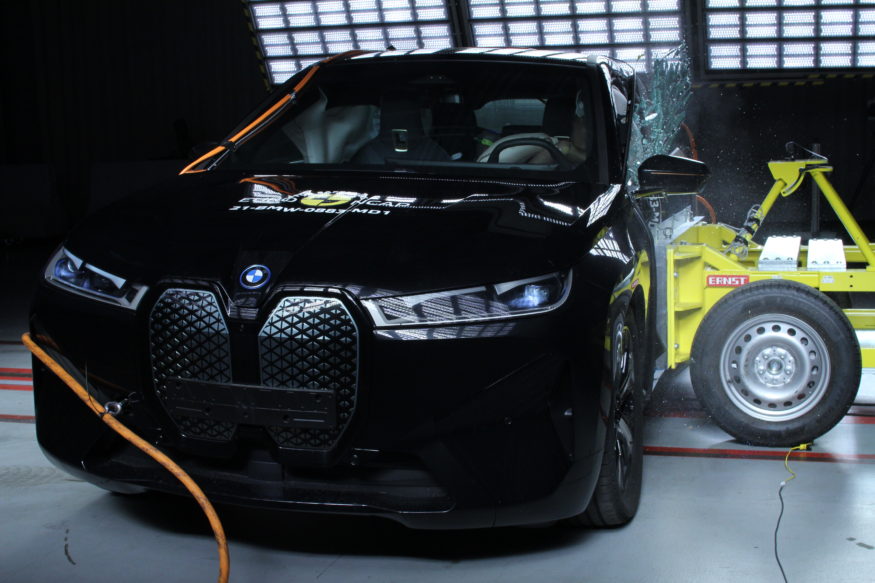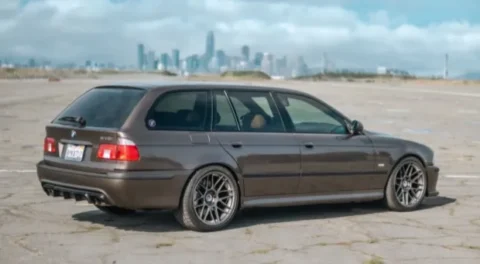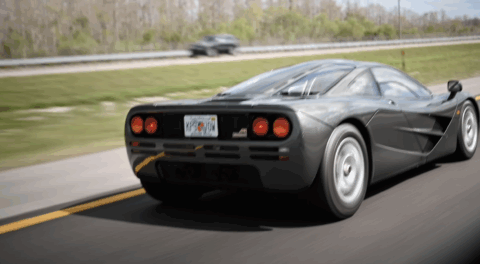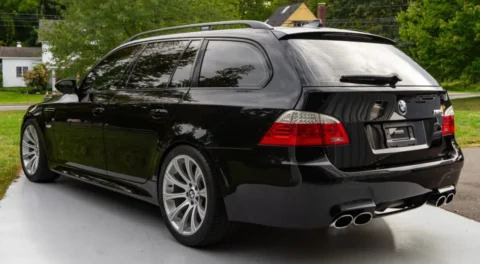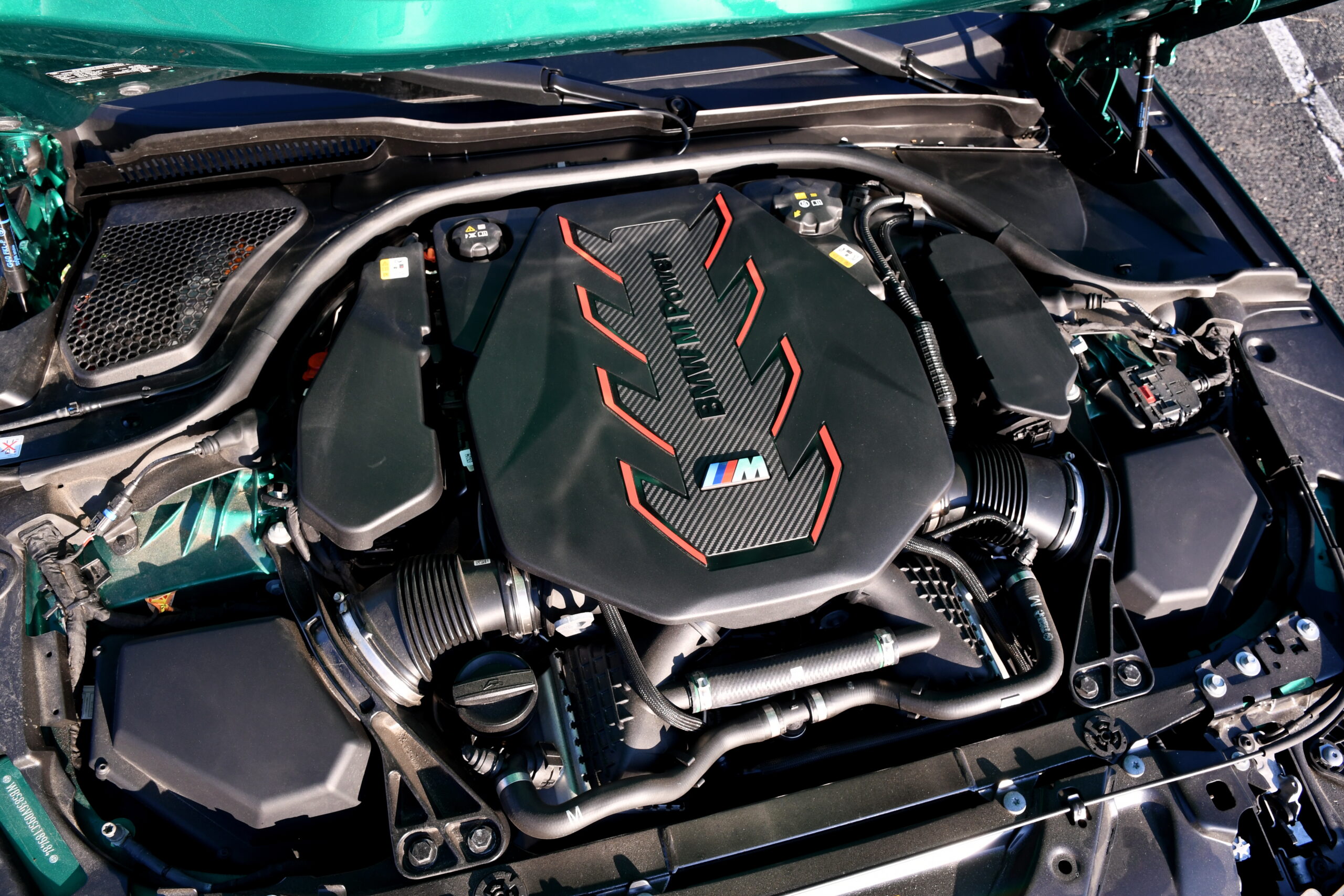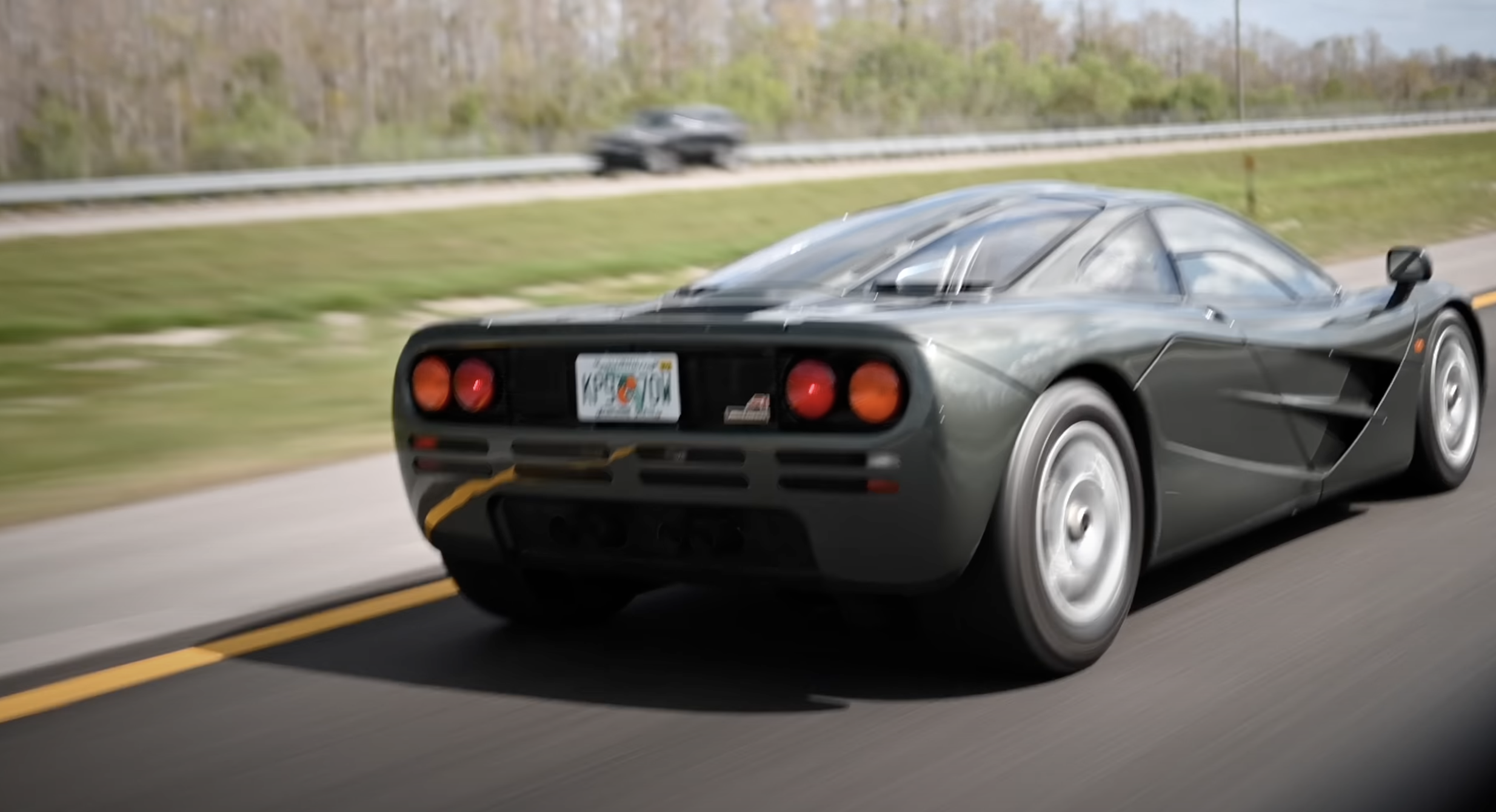June is National Safety Month and BMW, while it doesn’t wear its crash protection and avoidance achievements on its sleeve as much as other brands, has made significant contributions to automotive safety. Starting in the 1960s, safety was increasingly on the minds of drivers and legislators and, therefore, automakers. In the United States, crashes and fatalities were rising, which prompted more government oversight on all vehicle parts, from lights to bumpers and eventually fuel tanks. That meant all automakers needed to up their safety investments, create more comprehensive testing measures, and develop new technology based on driving conditions in different countries.
The National Safety Council established National Safety Month in 1996 to bring additional attention to safety in all environments, including roadways. That includes making roads safer for drivers and promoting safer vehicles, but also making roads safer for people outside of vehicles.
While a lot of BMW’s reputation for safety can be traced to cars that handle well in demanding conditions, the company’s more recent emphasis on advanced technology — much of which can be lifesaving — is worth more than a mention. Here are some of the notable safety highlights in BMW’s history:
1961: While not the first automaker to add them, BMW added seatbelts to the 502 in 1961, long before they were mandated in any country and even commonplace among ultra-luxury sedans like the 501/502.
1978: The E21 was the first BMW available with electronic anti-lock brakes. BMW later made them standard on all of its models in 1986, a first for an automaker. And in 1988, an ABS system was developed for the BMW K100 motorcycles.
1984: BMW adopted airbags before several rival companies, first as an option on very late examples of the E23 and eventually as standard equipment on the E30, E32, and E34 by the end of the ‘80s. While not the first to do so, BMW introducing the feature — widely regarded as lifesaving and a game changer for automotive safety — in quick succession allowed it to avoid adding automatic passive restraint seatbelts in the US to satisfy the Department of Transportation requirements, unlike some rivals that had to fit their vehicles with automatic seatbelts.
1987: Electronic traction control, or Automatic Stability Control, is first offered on the E32 and among the first systems of its kind to limit rear wheelspin. It’s quickly added to other models and later becomes standard.
1993: The E36 convertible was available with an active rollover protection system to protect occupants when the top is lowered, a first for a BMW convertible and among the first for four-seat convertibles.
1995: Dynamic Stability Control is introduced on the E38. A version of what’s known industry-wide as electronic stability control, the system that works with traction control, ABS, and electronic brake-force distribution to maintain traction is now mandatory on nearly all new vehicles sold globally.
1997: Side airbags were introduced to numerous vehicles by several automakers during the mid-1990s and BMW was no exception. The head protection system, however, not only provided additional protection to an occupants ribs and organs, but also for their head if struck by the car’s structure or another vehicle colliding from the side. An inflatable tube from the A-pillar and roof rail inflated in conjunction with the door-mounted side airbag upon collision to minimize high forces on the head.
What proved to be a significant advancement in occupant safety first appeared in the E38 and E39 and throughout the lineup, first as options and then standard equipment shortly after. It later evolved into curtain airbags that extended lower down the door to offer more head protection to front and rear-seat passengers.
1997: The 5 Series achieves the first Good rating among luxury sedans in the Insurance Institute for Highway Safety’s front offset crash test.
1999: The 3 Series, also equipped with the head protection system, achieves the highest Good rating among compact luxury sedans from the IIHS.
2005: Night Vision is introduced on the updated E65 with passive infrared sensors that could increase driver visibility of objects in front of the vehicle compared to standard bi-xenon headlights. While not the first company to introduce the technology on a passenger car, BMW has persisted with the technology and incorporated it into other camera-based driver assistance systems.
2007: Lane departure warning is introduced to BMW with the mid-cycle update for the E60.
2012: Selective Beam is offered on the F01, which works with the automatic high-beam assist to block out certain parts of the beam when an object ahead of the car is detected to eliminate some of the glare caused by the headlights. Initially, the system was banned from the US because of federal transportation lighting regulations, but those have since been lifted.
2013: Dynamic Light Spot is added to Night Vision-equipped BMWs, which alters the headlight beam to shine on a pedestrian’s (and, later, animal’s) feet to alert the driver before they approach them.
2014: The BMW i8 is the first production vehicle equipped with laser headlights. The Laserlight system focuses three lasers on mirrors to emit light instead of LEDs on reflectors, claiming decreased energy usage and increased light projection. Shortly after appearing on the i8, the system was added to the Rolls-Royce Phantom.
2024: Personal Pilot, a Level 3 advanced driver assistance system, is introduced in Germany as an option on the G70. It uses a system of cameras and mapping to work with existing driver assistance systems — blind-spot and lane-departure assists and adaptive cruise control — to allow limited hands-free driving at highway speeds but requiring the driver to maintain eye contact with the road.

